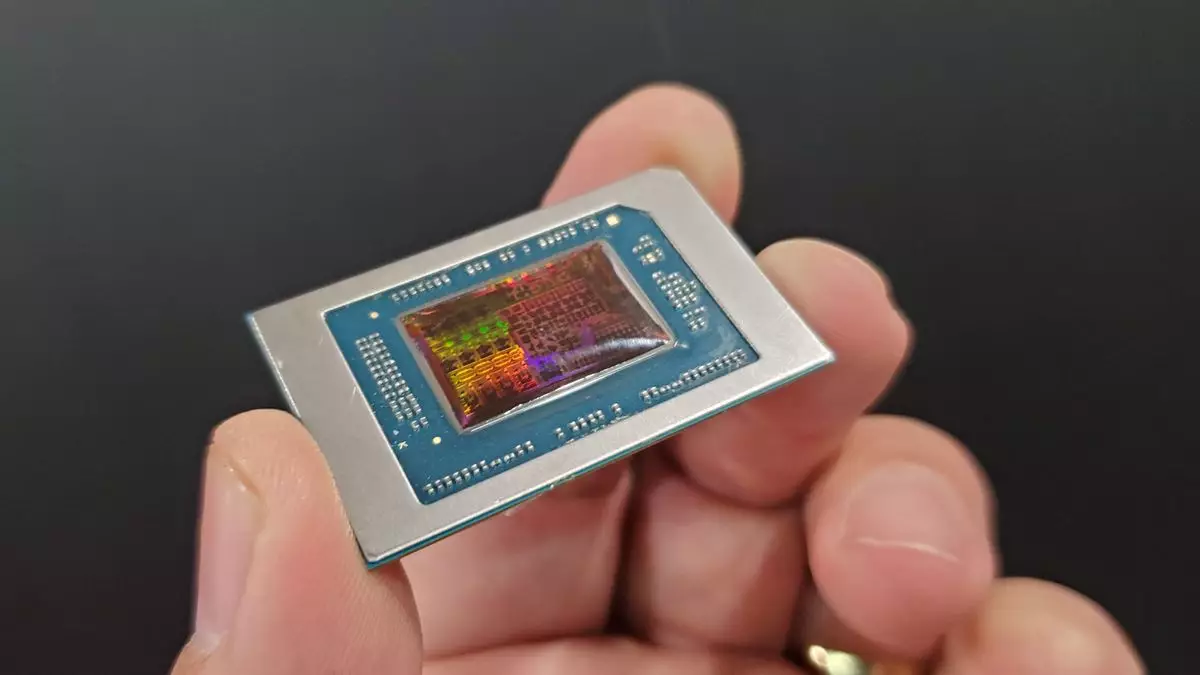AMD’s Strix Point APU is making waves in the tech community, and it’s not hard to see why. This little powerhouse is redefining what we can expect from compact computing devices. Whether it’s found in cutting-edge machines like the Razer Blade 16 or the ultra-portable OneXPlayer OneXFly F1 Pro, Strix Point strikes a delicate balance between performance and efficiency. It serves as a beacon for enthusiasts who crave the power of desktop CPUs in a more accessible form factor. Yet, the real excitement lies beyond these immediate applications, as AMD lays the groundwork for an impending desktop iteration that promises to elevate the mini PC landscape.
Anticipation for the Ryzen 9000G
As AMD gears up for the launch of the Strix Point desktop version, tentatively branded as the Ryzen 9000G, enthusiasts are filled with anticipation. Benchlife reveals plans for a release in Q4 2025, and speculation surrounding this new product is rife. Could “Ryzen AI 9000G” be on the horizon? Such naming doesn’t merely serve as marketing buzz; it reflects AMD’s ambition to blend AI capabilities into their processing power. With a design that boasts up to 12 Zen 5 CPU cores, including a potent mix of full and compact cores, Strix Point embeds itself firmly in the future of computing technology.
This desktop variant is poised to push the performance envelope not only in laptops but also in mini PCs, which are gaining traction as the go-to devices for those wanting potent performance without sacrificing space. Imagine a tiny yet powerful setup that competes with even mid-range desktop rigs—Strix Point could usher in that reality.
Graphics and Performance Galore
The infusion of 16 RDNA 3.5 graphics compute units reinforces the Strix Point’s position as a versatile performer. Complementing this is an AI-accelerating NPU rated at an impressive 55 TOPS, showcasing AMD’s commitment to integrating AI capabilities into everyday computing tasks. This level of graphics performance means that creative professionals and gamers alike can benefit from a seamless experience. Although the Strix Point may not be a dedicated gaming powerhouse, it possesses the tools to provide a satisfactory average performance, making it an intriguing option for those seeking a capable multi-use device.
The architecture of the Strix Point APU utilizes the AM5 socket, ensuring compatibility with a broad selection of existing motherboards within AMD’s ecosystem. Such integration allows users looking to upgrade their systems to do so without overhauling their entire setup. The transition from the previous Ryzen 8000G series, which features only eight Zen 4 CPU cores and fewer graphics units, underscores a generational leap in performance that is bound to excite both new and existing AMD users.
Mini PC Potential and Cost-Effectiveness
While traditional desktop setups may seem like the go-to solution for performance demands, the Strix Point APU opens doors to creative new possibilities within the mini PC realm. Consider devices like the Ayaneo Retro Mini PC AM01S, where Strix Point is expected to excel. The allure of compact computing is undeniable; users now increasingly favor devices that can deliver satisfactory performance while saving desk space. By positioning Strix Point as an affordable alternative to more expensive mobile chips, AMD could tap into a burgeoning market of cost-conscious consumers.
Such offerings promise to democratize access to compact powerhouses while simultaneously making strides towards sustainability through reduced resource usage. This positioning seems far more aligned with current consumer interests than simply chasing after unbridled performance. As the rumor mill warms up ahead of the 2025 release, many enthusiasts are heeding the signs of a forthcoming small-form-factor revolution.
Looking Ahead
The path towards the release of AMD’s Strix Point is filled with exciting potential, particularly as it pledges a shift towards integrating advanced capabilities like AI processing into mainstream computing. It not only appears primed to provide an angle of innovation for handheld and portable solutions but also sets the stage for robust performance in compact desktop alternatives. Ultimately, AMD seems ready to solidify its place at the cutting edge of technology, laying a strong foundation for the future of both mini PCs and laptops. With each new development, the prospect of what is to come becomes more enticing, showcasing AMD’s resolve to lead in a highly competitive landscape.

